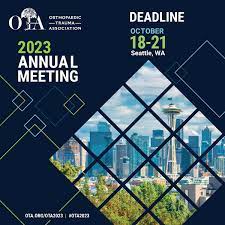
OTA 2023: Periarticular Multimodal Analgesia for Tibial Plateau Fractures

OTA 2023: Periarticular Multimodal Analgesia for Tibial Plateau Fractures
Periarticular Multimodal Analgesia for Postoperative Pain in Tibial Plateau Fractures: A Double Blind Randomized Controlled Study
Did you know you're eligible to earn 0.5 CME credits for reading this report? Click Here
CONFERENCE ACE REPORTS
This ACE Report is a summary of a conference presentation or abstract. The information provided has limited the ability to provide an accurate assessment of the risk of bias or the overall quality. Please interpret the results with caution as trials may be in progress and select results may have been presented.
Synopsis
90 patients with tibial plateau fractures were randomized to receive either multimodal analgesia (n=49) or normal saline (n=21) during surgery. Outcomes of interest included pain scores on a Visual Analog Scale (VAS), narcotic usage, and discharge time every 4 hours for 24 hours. Complications were also assessed. Both groups presented with similar pain scores and narcotic usage over the 24 hours.
To view the full content, login to your account,
or start your 30-day FREE Trial today.
FREE TRIAL
LOGIN
Forgot Password?
Explore some of our unlocked ACE Reports below!

Learn about our AI Driven
High Impact Search Feature
Our AI driven High Impact metric calculates the impact an article will have by considering both the publishing journal and the content of the article itself. Built using the latest advances in natural language processing, OE High Impact predicts an article’s future number of citations better than impact factor alone.
Continue



 LOGIN
LOGIN

Join the Conversation
Please Login or Join to leave comments.